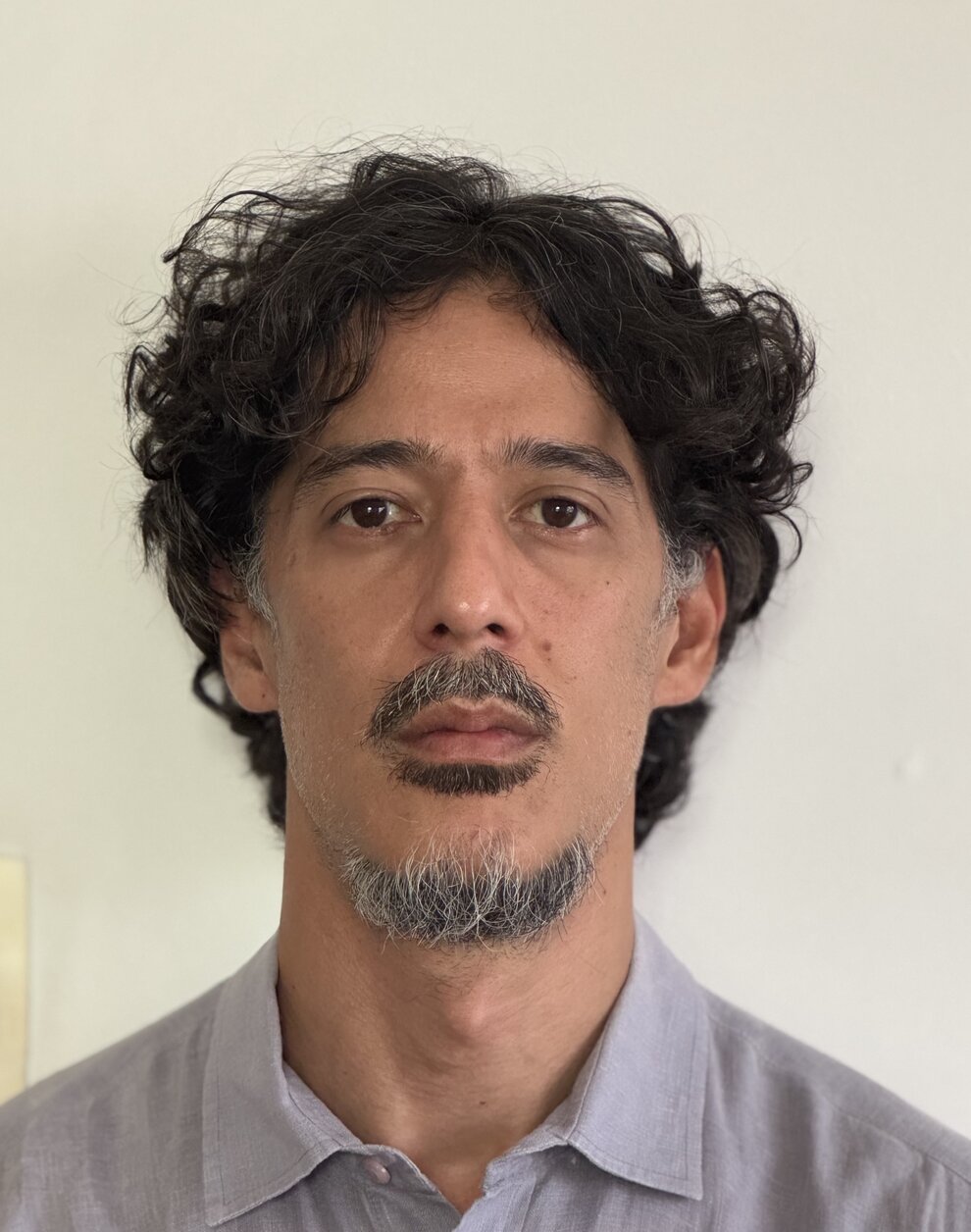Vladimir Cvetković
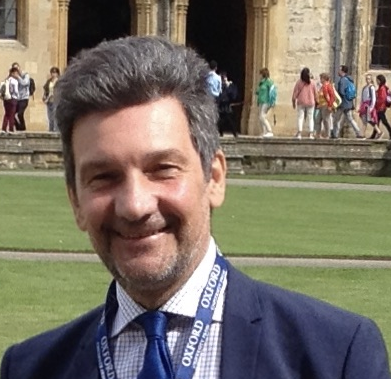

Vladimir Cvetković is a Research Professor at the Institute for Philosophy and Social Theory, University of Belgrade (Serbia). He earned his BA and PhD in Philosophy from the University of Belgrade in 1997 and 2007, respectively, and received an MA in Theology by thesis from Durham University in 2002. He has held research and teaching positions at the Universities of Aarhus (Denmark), St Andrews (Scotland, UK), and Niš (Serbia), and has served as a visiting fellow or professor at institutions including the University of Oslo (Norway), Princeton University (USA), Central European University (Budapest, Hungary), Universidad de los Andes (Bogotá, Colombia), Sun Yat-sen University (Taiwan), and the University of the Witwatersrand (Johannesburg, South Africa). He is also co-editor of the Subsidia Maximiana series at Brepols, dedicated to the study of the life, thought and legacy of Maximus the Confessor.
The project
Title: The Neoplatonic Diagrams in Medieval Manuscripts: The Circle-Centre-Radii Diagram
"This project investigates the visual transmission and cross-cultural reception of the Neoplatonic circle-centre-radii metaphor in medieval manuscript traditions. Originating in Aristotle’s De Anima and systematized by Alexander of Aphrodisias, the metaphor became central to Neoplatonic cosmology and psychology, later adapted by Christian, Islamic, and Jewish thinkers including Boethius, Dionysius the Areopagite, Maximus the Confessor, Ibn Arabi, and Maimonides. These authors used the metaphor to articulate metaphysical relationships between divine unity and created multiplicity. While its philosophical and theological dimensions have been discussed, the visual representations of this metaphor in Greek, Latin, Slavic, Arabic, and Hebrew manuscripts remain largely unexplored. This project aims to analyze how these diagrams were produced, varied, and transmitted across traditions. It will combine historical research, comparative analysis, and digital humanities methods—including digital annotation, pattern recognition, and multispectral imaging—to examine similarities and differences in visual strategies across cultures. By focusing on both textual and visual dimensions, the project will shed light on the role of diagrams in the transmission of Neoplatonic thought and deepen our understanding of the manuscript as a site of intellectual exchange in the medieval Mediterranean world."
Hosting institution: L’institut de recherche et d’histoire des textes (CNRS), Aubervilliers
Selective Bibliography
- Vladimir Cvetković and Alex Leonas (eds.), Ambigvvm 10 of Maximus the Confessor in Modern Studies, Turnhout: Brepols, 2025.
- Vladimir Cvetković, ‘Circle and Sphere Metaphors for God’s Nature and Providence in Boethius’ Consolation of Philosophy and Dionysius’ On Divine Names, in: Michael O’Wiitala (ed.), Boethius’ Consolation of Philosophy: A Critical Guide, Cambridge: Cambridge University Press, 2024, 186-201.
- Vladimir Cvetković, ‘The Medieval Slavonic Reception of Maximus the Confessor’s Circle –Center –Radii Analogy’, De Medio Aevo 24/2 (2024), 261-272.
- Vladimir Cvetković and Alex Leonas (eds.), Studies in Maximus the Confessor’s Opuscula theologica et polemica, Turnhout: Brepols, 2023.
- Vladimir Cvetković, ‘The Towers of Jerusalem and Ontological Presuppositions of Creation: Exegesis and Philosophy in Maximus the Confessor' Quaestiones ad Thalassium’, in: Athanasios Despotis and James Buchanan Wallace (eds.), Greek and Byzantine Philosophical Exegesis, Paderborn: Brill/ Schöningh, 2022, 244-267.
- Vladimir Cvetković, ‘Symbols, Icons, Liturgy: Eschatology in the Early Christian Art’, in: Helen Van Noorden, Hilary Marlow and Karla Pollmann (eds.), Eschatology in Antiquity: Forms and Functions, New York: Routledge, 2021, 554-575


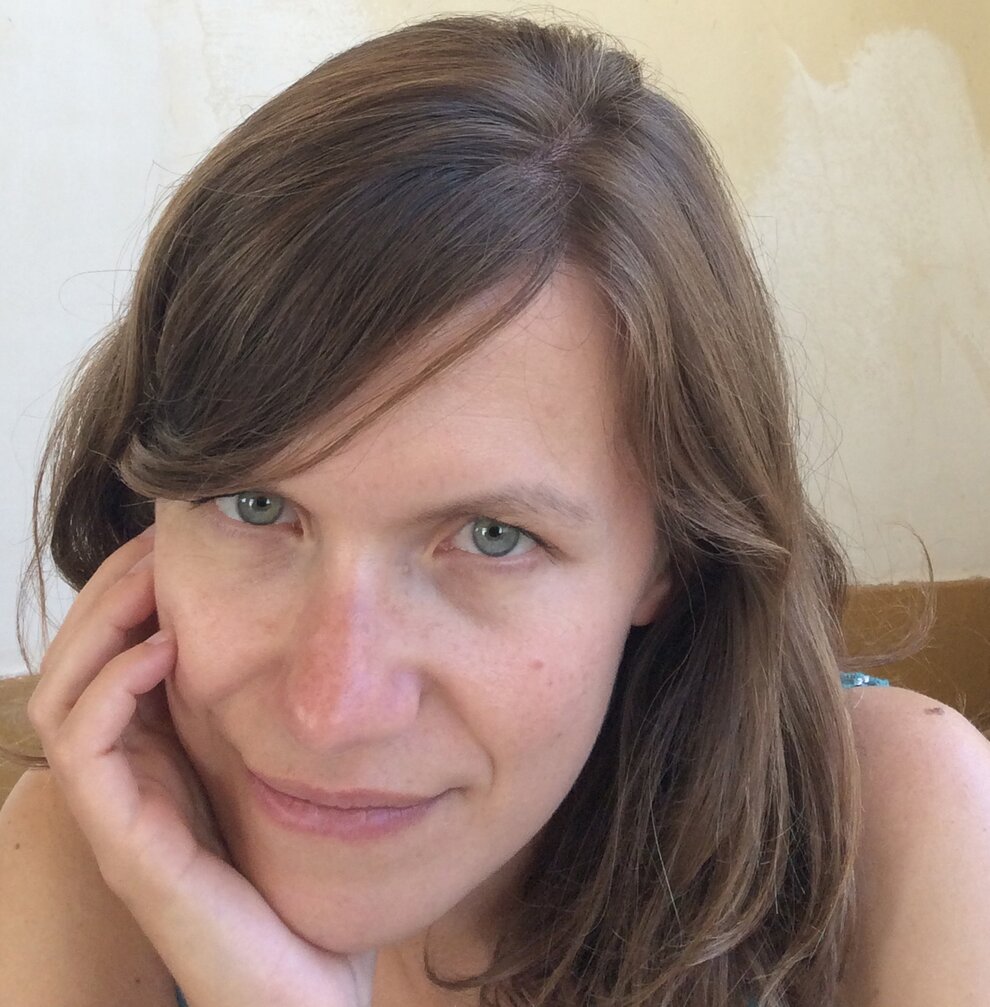
Monica Alonso Riveiro
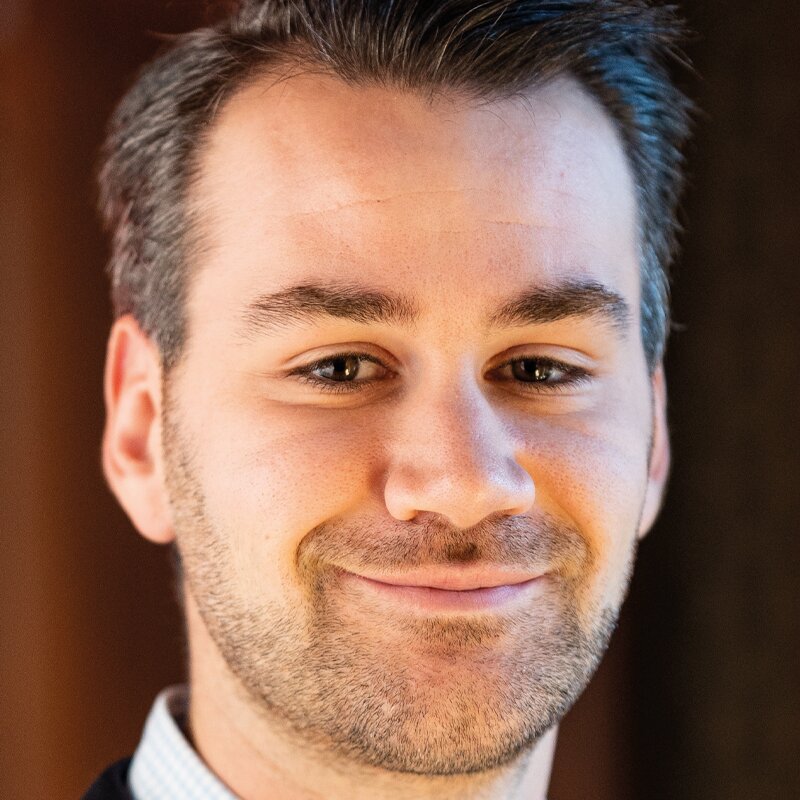
Toon Van Overbeke

Xiaoyang Zhu
